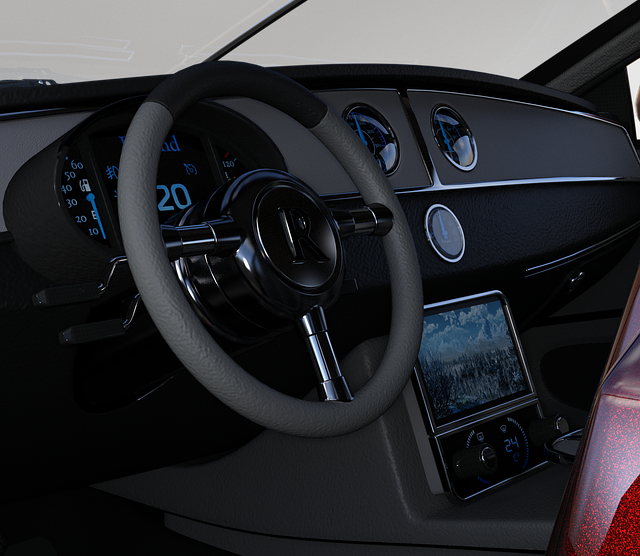If you’ve bought, borrowed, or rented a new vehicle in the past few years, it doesn’t look all that different than a decade ago. However, the car HMI systems have been developed and refined at a mind-blowing pace to let drivers better take control of their experience in the cabin. From safety to convenience, comfort, and connectivity, the advancements in vehicle HMI development are showing no signs of slowing.
Some in-car tech goes unused while other features over-complicate the commute. Others yet are engaged daily, sometimes during every drive. Which HMI trends catch on and are embraced by vehicle owners often comes down to vehicle HMI development services applying these best practices.
Determine the need
Some technologies seem like great ideas, but they don’t catch on. According to the J.D. Power Tech Experience Study from 2020, certain features go unused by a vast number of drivers who don’t perceive it as helpful. Among luxury brands, for example, gesture control has been panned while autonomous driving functions are more broadly perceived as untested and untrusted.
There’s a case for deploying these technologies across the spectrum, however, other areas tend to receive much higher accolades. The J.D. Power study points to in-vehicle and around-vehicle camera views as one of the most sought-after and utilized features for drivers. Assessing the market need and response can help focus carmakers and developers to put their resources to the best use.
Keep it simple
Will the feature make it easier for the driver to engage with the vehicle HMI? That’s one of the most important aspects to consider in the digital cockpit. The implementation should not require a steep learning curve nor should it add steps to use it. As shared mobility increases in popularity once again, moving between vehicles should not necessitate reading a manual or spending time programming or training the vehicle first.
Prioritize safety
According to Star Automotive & Mobility’s Head of Design, Alex Debkaliuk, one of the greatest automotive HMI challenges is to promote safety. Many variables exist such as whether the vehicle is in motion or not, the driver’s attentiveness, and the driver’s comfort, not to mention the reliability of the tech, the required inputs, and the resulting distraction. Above all else, the automotive cockpit HMI must improve safe operation, or at minimum, maintain the same level of safety.
Personalize the experience
Will the HMI tech be easily engaged by all drivers, and can it be adapted for different geographical areas? An intuitive in-cabin experience in North America might not be shared with Asian or European drivers in the same way. When developing vehicle HMI systems, approaching it with a universal mindset will ensure it’s as successful and engaged within each region.
Make it future-friendly
Deploying technology in an HMI has typically been done by the OEM when a vehicle is purchased new. However, any updates or changes have required a visit to the service department, often at a cost, and with disruption to the user.
Advancements in OTA and V2X tech lend themselves to the perfect avenue for updates and launching new HMI developments. Whether there are changes to infrastructure, legality updates, or enhancements to products, developing HMI with the future in mind is key.
Test and evaluate
Continual testing is required to ensure tech is reliable, beneficial, and inherently safe. Throughout its lifecycle, developers need to test and evaluate how an HMI development performs. Any gaps or flaws can be addressed with a patch developed and deployed.
Vehicle HMI development is a burgeoning sector. Partner with technology consulting services that have expertise in best practices and a proven history of carrying ideas through development and into production successfully.





